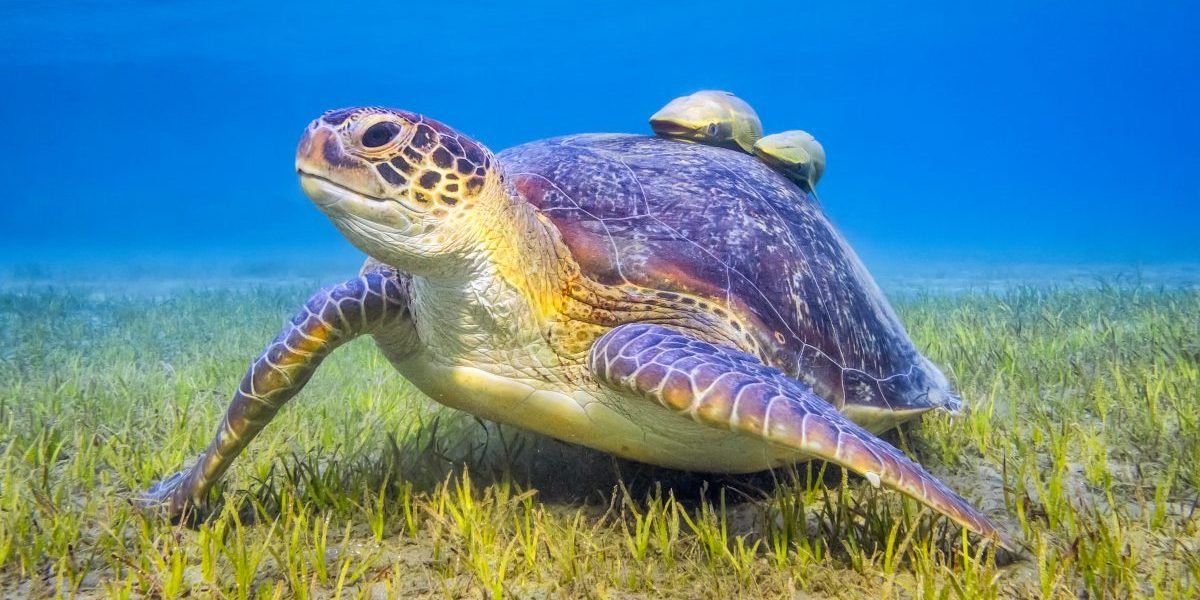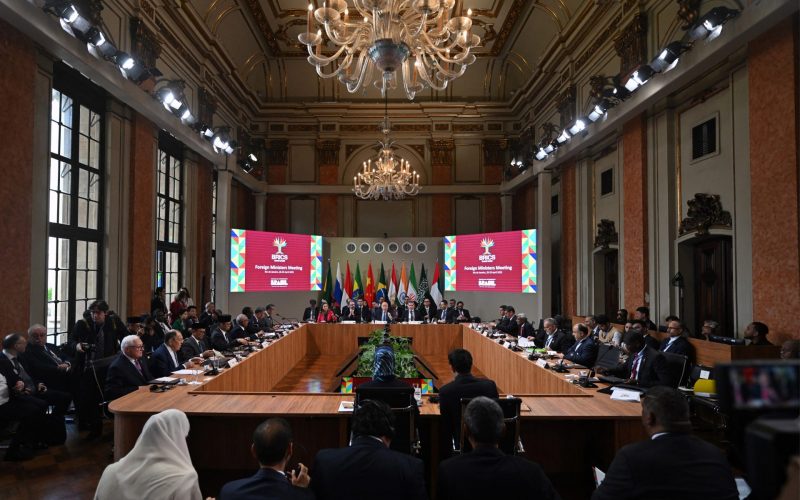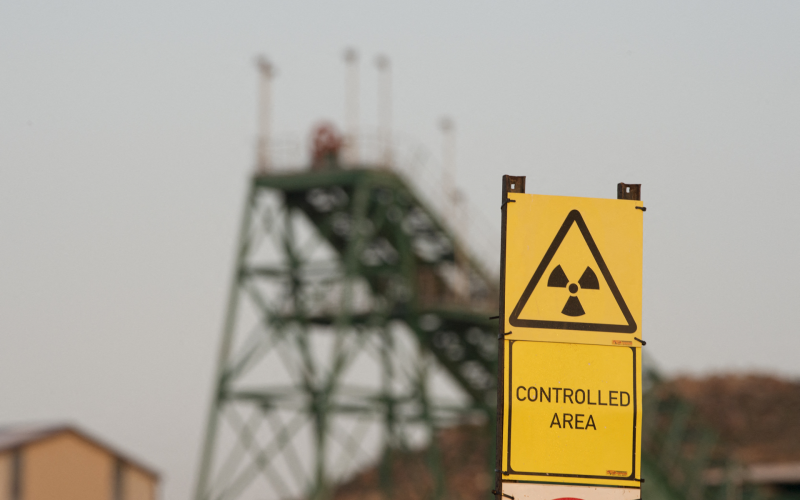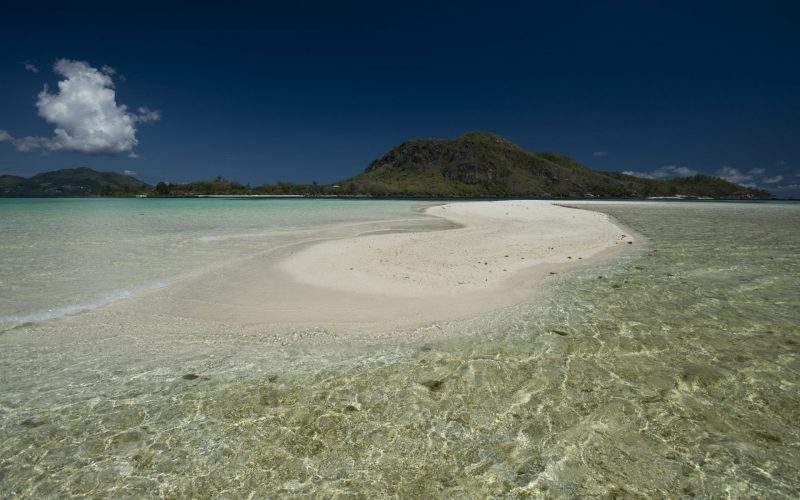Recommendations
- Research institutions should review and adjust performance criteria and monitoring and evaluation systems to support and recognise efforts by researchers to encourage policy uptake of their findings.
- Integrative, network- and dialogue-based approaches to the science–policy interface should be promoted.
- Training and capacity-building programmes for researchers should incorporate science–policy communication.
Executive summary
Globally, oceans face a range of threats. As efforts to develop sustainable blue or ocean economies accelerate, the need for evidence-based policymaking has never been more pressing. The good news is that there is a growing understanding of how the science– policy interface can be strengthened. Methodological approaches, core principles and case studies of effective science–policy engagement are becoming more widely available. There are also a multitude of mechanisms and platforms that can provide science, information and decision-making support at the highest level. Yet, researchers continue to face challenges in supporting policy uptake of their findings. This policy briefing seeks to provide insights to strengthen the science–policy interface for enhanced governance of the Western Indian Ocean region’s marine and coastal systems.
Introduction
Evidence-based policymaking is crucial to support effective responses to the challenges facing humanity. The divergence in national responses to the COVID-19 pandemic has simultaneously reinforced the importance of evidence-based policy and illustrated the significant challenges encountered in supporting such responses. The immediacy of the pandemic has thrown the social and economic consequences of policy failings in sharp relief, but these same dynamics are at play in responses to longer-term challenges, including biodiversity loss, pollution and climate change.
As in other domains, evidence-based policymaking and effective communication at the science–policy interface are key to addressing the numerous and interlinked challenges facing the world’s oceans. Overfishing, illegal fishing, habitat destruction, pollution (including plastics) and the numerous ways in which climate change is affecting the marine environment (for example sea-level rise, acidification and warming) have dramatic and far-reaching impacts on the health of marine ecosystems. This, in turn, undermines the capacity of oceans to provide a range of ecosystem services on which humanity relies. These ecosystem services relate not only to more obvious provisioning services such as fisheries (about 60 million people are involved in fisheries and aquaculture, while 3.3 billion people rely on fish for 20% or more of their animal protein intake), but also to less immediately apparent services such as climate regulation and carbon sequestration.1International Union for Conservation of Nature and Independent Press Standards Organisation, Exploring Ocean Risk: Hazards, Vulnerabilities, Global Priorities and Regional Resilience, Workshop Report (Gland: IUCN and IPSO, November 2017).
Multi-level science–policy interfaces
The Intergovernmental Panel on Climate Change and the Science Policy Platform on Biodiversity and Ecosystems Services play an important role in synthesising research and supporting science–policy engagement in the domains of climate change and biodiversity, respectively. In terms of ocean governance, global institutions and processes supporting the science–policy interface have been somewhat more fragmented. UN bodies such as the Food and Agriculture Organization and the International Maritime Organization support sectoral responses related to fisheries, aquaculture and shipping. A number of intergovernmental and institutional assessment reports have also been published by organisations such as the World Bank, UN Conference on Trade and Development, UN Economic Commission for Africa, Organisation for Economic Co-operation and Development, World Wide Fund for Nature and others. These assess risks and opportunities related to the oceans, often framed in terms of the Blue or ocean economy. The inclusion of ocean governance targets in the UN Agenda 2030 as Sustainable Development Goal (SDG) 14 (‘Life under water’) has also provided new opportunities for science–policy dialogue on marine conservation and governance.
Through resolutions 57/141 (2002) and 58/240 (2003) the UN General Assembly established a regular process under the UN for global reporting on and assessment of the state of the marine environment, including socioeconomic aspects. This has resulted in two World Ocean Assessment reports, published in 2015 and 2021. High-level panels or commissions have also played an important role in presenting key insights from a diverse range of research fields to policy audiences. These include the Blue Ribbon Panel under the Global Ocean Partnership, the Global Ocean Commission and, most recently, the High-Level Panel for a Sustainable Ocean Economy. Finally, a series of international conferences, including the UN Ocean Conference, the World Ocean Summit and the Global Ocean Action Summit, have allowed for political momentum for action on SDG14 and the broader ocean governance agenda.
Within the Western Indian Ocean region, the Nairobi Convention, working with regional partners such as the Western Indian Ocean Marine Science Association (WIOMSA), plays an important role in ensuring that ocean governance efforts have a sound scientific basis. The Nairobi Convention, which was first signed in 1985 and entered into force in 1996, is part of UN Environment’s Regional Seas Programme. The programme aims to address the accelerating degradation of the world’s oceans and coastal areas through the sustainable management and use of the marine and coastal environment. It does this by engaging the littoral countries of the Western Indian Ocean in actions to protect their shared marine environment. The Nairobi Convention Secretariat has established several expert groups and task forces, hosted workshops and published a number of reports and guidelines by leading global and regional researchers. Examples include the Western Indian Ocean Mangrove Network, Marine Turtle Task Force, Coral Reef Task Force, the Ad Hoc Open-Ended Expert Group on Marine Litter and Microplastics, a Regional State of the Coast report, the Regional Outlook on Marine Protected Areas and guidelines on mangrove and seagrass ecosystem restoration.
At the eighth Conference of the Parties (COP) of the Nairobi Convention, member states requested the establishment of a dialogue platform to strengthen the links between science, policy and action. Subsequently, the Forum for Academic and Research Institutions was established, with WIOMSA performing the role of the secretariat. The forum directly supports science-based decision-making, informing recommendations to the COP. In addition, the convention developed a Science–to–Policy Platform comprising representatives of knowledgegenerating institutions, practitioners, policymakers, communities and the private sector within the Western Indian Ocean region that serves as an intermediary body to bridge the gaps between science, policy and practice.2UN Environment Programme, Western Indian Ocean Regional Science to Policy Workshop (Port Louis: UNEP, 2019).The Science-to-Policy Platform helps member states of the Nairobi Convention to integrate scientific evidence into their national efforts to protect, manage and develop their coastal and marine environments.3UNEP, Western Indian Ocean.It also acts as an intermediary between science and society to promote broader societal understanding of on-going and emerging regional environmental challenges and of the strategies needed to address them.4UNEP, Western Indian Ocean.
To promote science-to-policy uptake, WIOMSA published a guidance report – Enhancing Science-to-Policy Uptake in the Western Indian Ocean Region: Background Document and Guidelines on Effective Science-to-Policy Interaction. This report gives an overview of current thinking on the science-to-policy interface, including a brief overview of relevant theory and a discussion of the policy cycle as a key framing concept to inform science-to-policy engagement. It also looks at 15 case studies from within and outside the region that seek to illustrate how principles of effective science-to-policy uptake have played out in real-world experiences.
Engaging with the challenges of the science–policy interface
Despite the numerous mechanisms to support science–policy exchange at global, regional and national levels, researchers continue to experience challenges in ensuring policy uptake of their findings. Calls to strengthen the science–policy interface continue to be made.5UN Decade of Ocean Science for Sustainable Development, “Strengthening the Science–Policy Interface for Ocean Sustainability”, Webinar, February 19, 2021.Policymakers operate in a complex environment, facing a range of competing demands, often in a time-constrained setting. Decision-making is also shaped by the values of individuals, the availability of resources, personal experience and expertise, pragmatic political considerations, traditions, habits and a host of other influences.6Sophie Sutcliffe and Julius Court, Evidence-Based Policymaking: What is it? How Does it Work? What is the Relevance for Developing Countries? (London: Overseas Development Institute, 2005).In this environment, evidence is a necessary but not sufficient condition for decision-making.7Louise Shaxson, “Is Your Evidence Robust Enough? Questions for Policy Makers and Practitioners”, Evidence and Policy 1, no. 1 (2005): 101–111, quoted in Sutcliffe and Court, Evidence-Based Policymaking, 8
Some of the key challenges of the science–policy interface are identified by Von Der Heyden et al., including:8Sophie Von der Heyden et al., “Science to Policy: Reflections on the South African Reality”, South African Journal of Science 112, no. 11/11 (2016): 1–6.
- a mismatch in timeframes, where the lifecycle of grant-funded research can last several years, whereas policymakers work within much shorter timeframes;
- the difficulties scientists encounter in navigating policy processes, as well as a lack of mutual understanding of what constitutes a successful outcome in the scientific process and the policy cycle (there is also often a mismatch in the language and processes used by scientists and policymakers);
- a lack of understanding of the limitations of scientific findings and multidimensional decision-making, as well as a lack of clear policy objectives that would enable policyrelevant science to be undertaken;
- a lack of trust and constructive engagement between researchers and managers around the gaps in knowledge production, emanating from inadequate consultation and integration between policymakers and scientists when policies are being formulated (including poor feedback of scientific impact on policy); and
- a need to transition beyond linear modes of science communication and engagement towards more interactive modes of two-way knowledge sharing, including the use of science–policy intermediaries such as knowledge brokers or boundary organisations, participatory research approaches such as those embodied by the notion of coproduction, and novel institutional structures such as those that ‘embed’ scientists within decision-making agencies, or vice versa.
Despite these challenges, there is a growing imperative for researchers to consider ways in which policy uptake of their findings can be promoted. Whether driven by pressure from funders, research administrators and peers, or arising from a personal conviction that policymaking and policy evaluation should be evidence based, researchers are seeking ways to ensure such policy uptake.
In the context of developing policy, David Cash and his co-authors make the case for ‘managing the boundary’ of the science-to-policy interface.9David Cash et al., “Knowledge Systems for Sustainable Development”, The Proceedings of the National Academy of Sciences 100, no. 14 (2003): 8086–8091.This sees an active role for researchers in promoting science-to-policy uptake, with a focus on increasing the salience, credibility and legitimacy of the information produced. Credibility speaks to the authority of the evidence and arguments, while salience deals with the relevance of the information to the context-specific needs of decision makers. Legitimacy reflects the perception that the production of information has been unbiased, fair in its treatment of opposing views and respectful of stakeholders’ divergent beliefs and/or democratic channels and processes.
The authors outline three important functions of the science–policy interface:10Cash et al., “Knowledge Systems”.
- improving communication and the two-way, active, iterative and inclusive communication between experts and decision makers, in order to strengthen researchinformed policy dialogues;
- enhancing translation and the way that messages, having been communicated via various channels and actors, are framed in an appropriate way to guarantee full comprehension by and benefit to relevant stakeholders; and
- increasing mediation where the conflicts and trade-offs between different actors in the policy process cannot be resolved by simply improving understanding.11Cash et al., “Knowledge Systems”.
Strategies to build and manage trust between scientists and policymakers
Trust plays an important part in facilitating evidence-based decision-making processes and can be leveraged to upscale and accelerate the rate at which science can be incorporated into these processes. For successful knowledge exchange and the attainment of research impact, trust is needed at the level of the individual and organisation, as well as in the process by which knowledge is generated and exchanged.
Despite the importance of trust at the interface of science and policy, there is still too little information on specific strategies for building and managing trust, as well as rebuilding it when compromised. According to Cvitanovic et al.,12Christopher Cvitanovic et al., “Strategies for Building and Managing ‘Trust’ to Enable Knowledge Exchange at the Interface of Environmental Science and Policy”, Environmental Science and Policy 123 (2021): 179–189.specific strategies can be deployed to build trust in support of more effective science–policy engagement. These include ‘the need for transparency; the importance of not advocating for a specific outcome; having a clear process for developing knowledge; having regular contact (preferably face to face); and being able to demonstrate independence’.13Cvitanovic et al., “Strategies”, 179.Figure 1 shows the 14 strategies identified by Cvitanovic et al. to promote trust at the science-to-policy interface. These practical and implementable strategies can be used by scientists and/or research institutions to foster trust with decision makers, enable improved knowledge exchange, and build capacity for evidence-informed decision-making processes.
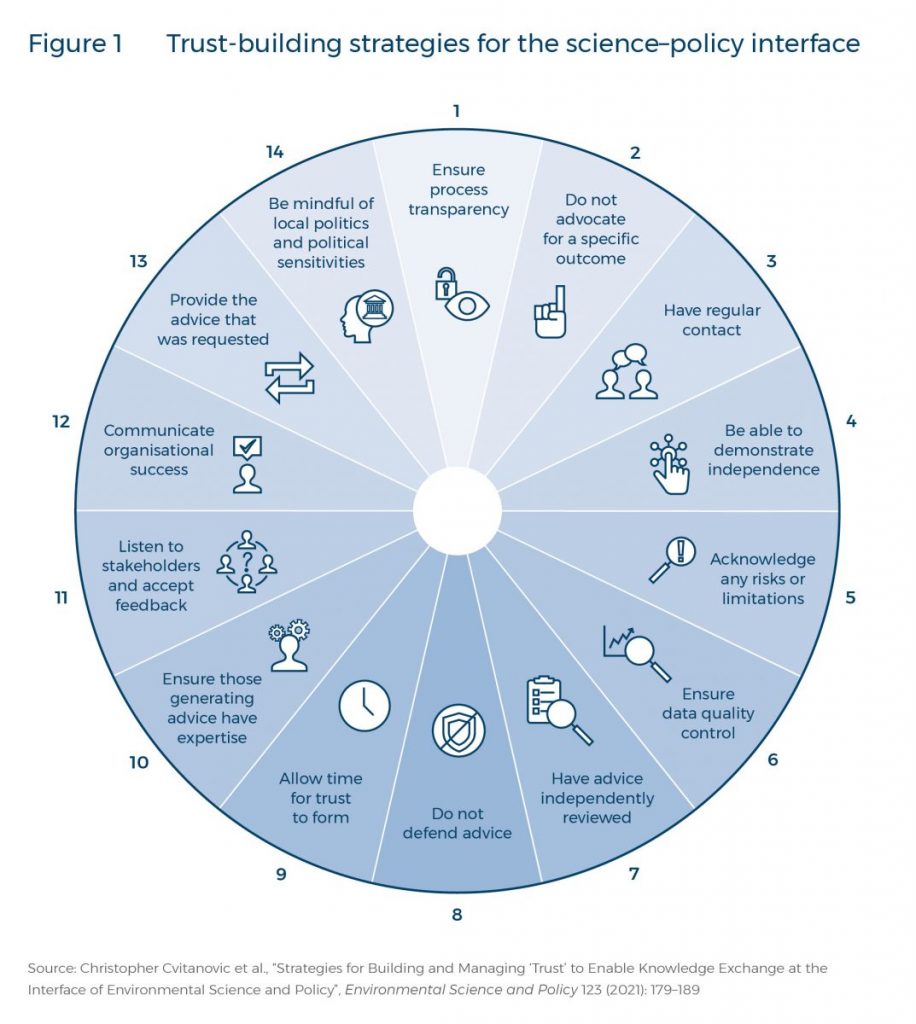
Dialogues and inclusive dialogic networks
Addressing challenges related to ocean governance, climate change and environment requires a shift from the conventional paradigm of science–policy interactions to interdisciplinary, cross-sectoral, continual and iterative, and flexible approaches. Conventional, linear policy-making strategies are not well suited to address the complexity and uncertainty of complex or wicked problems such as environmental sustainability.
Lutz-Ley et al.14America Lutz-Ley et al., “Dialogic Science–Policy Networks for Water Security Governance in the Arid Americas”, Environmental Development 38 (2021): 100569.describe how integrative, network- and dialogue-based approaches can offer alternatives to conventional modes of governance. They refer to such groupings as dialogic science–policy networks and define them as ‘interactions among scientists, stakeholders, and policymakers across multiple governance levels, and usually extending over longer temporal scales than the lifespan of individual challenges’. These approaches are based on knowledge co-produced by multiple participants, allowing the integration of multiple narratives, forms of knowledge and values into decision-making processes. Such multi-stakeholder networks have the potential to ‘increase public participation and legitimacy of strategies and can potentially confer flexibility, diversity redundancy and crossscale learning transferability to the decision-making processes’.15Lutz-Ley et al., “Dialogic Science–Policy Networks”.
Dialogic approaches also have their own set of challenges. These include:
- overcoming communication barriers from multiple interacting epistemic communities and languages;
- developing important bridging processes between stakeholders, including trust building and trust maintenance;
- supporting slow and often cumbersome processes for reaching mutual agreements, and
- dealing with power imbalances among stakeholders in a way that does not perpetuate the status quo and deepen inequity for disadvantaged groups.
Resilient, resourceful, relational
Supporting policy uptake of research findings can be a frustrating endeavour. The constraints that policymakers face and the trade-offs that they are required to make mean that scientists are often dissatisfied with the outcomes of policy processes. While there can never be a guarantee of success, there is much that researchers can do to improve the likelihood that their findings will ultimately support evidence-based policymaking. This includes developing a sound knowledge of policy processes, ensuring an active tracking of and responsiveness to policy windows, investing in relationships and cultivating policy champions early in the research process, focusing on appropriate language and framing of recommendations, and engaging across multiple channels to support policy messages.
Performance criteria and monitoring and evaluation systems may require adjustment to ensure that researchers are supported and recognised for investing time in promoting the uptake of their research. The shortcomings of an evaluation system in academic and other research institutions that places overwhelming emphasis on publication outputs, rather than their impact, are widely recognised.16 Better institutional arrangements, coupled with capacity building, are required for a stronger science–policy interface.
Conclusion
There is growing buy-in from research managers, administrators, funders and other stakeholders that researchers have a direct role to play in strengthening the science–policy interface. While some of the success factors, such as trust and dialogue, may appear nebulous, there is an increasing understanding of the tools and techniques that can support evidence-based policymaking. Various platforms and processes have been established at global, regional and national levels to facilitate exchanges between research and policy communities. Challenges remain, but sharing of good practice, appropriate institutional reforms and capacity building can help to address these challenges and support more effective dialogue across the science–policy interface.
Acknowledgement
SAIIA gratefully acknowledges the support of the Swedish International Development Cooperation Agency (SIDA) for this publication.


